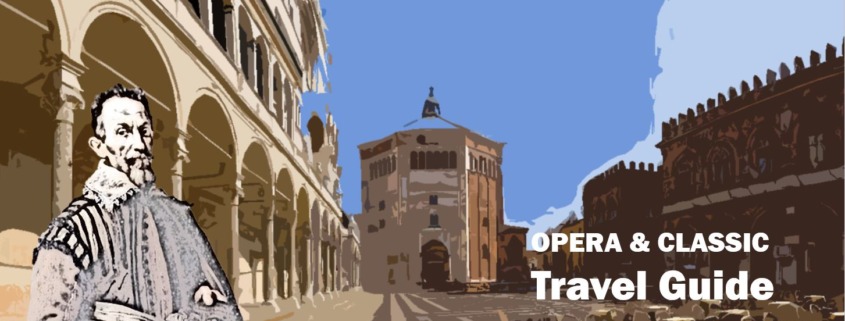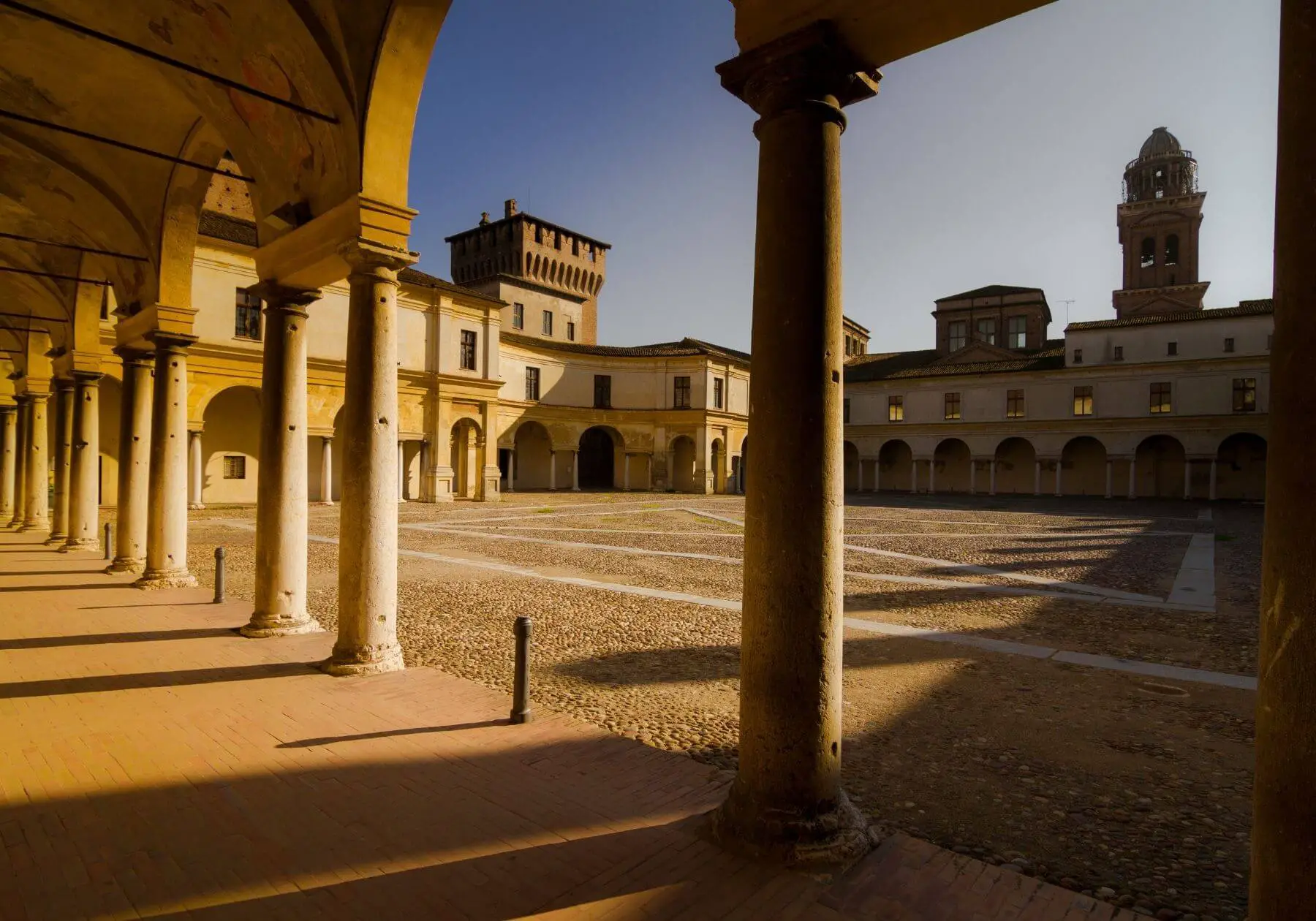Monteverdi in Mantua
The series about historical places of opera art & culture. Get to know exciting excursion and travel ideas for opera lovers. This time: Monteverdi in Mantua.
All Destinations on google maps with links to detailed Blogposts:
Monteverdi in Mantua

Monteverdi came to the court in Mantua at the age of 23, and his stay took on an outstanding significance in music history. The court had a well-funded singers’ society and chapel, and Monteverdi became chapel master in 1601, but he had a powerful conservative opponent in Artusi. Artusi accused Monteverdi’s madrigals of modernism, disregarding the time-honored rules of polyphony, harmony, and instrumentation.
Monteverdi defended his new monodic, text-comprehensible style as Seconda Pratica, while calling the traditional polyphonic, contrapuntal (and text-incomprehensible) style Prima Pratica. This controversy became famous because it signified the gigantic break with polyphony that still dominates our understanding of music today. Monteverdi went even further by contrasting lovely harmonies with dissonances. His operatic language wanted to express people’s feelings; Monteverdi believed that music should make people cry, not discuss. The music should not follow rigid rules, but it should give space to the human condition and express it. One of the most sensational consequences was Monteverdi’s Dissonances, monstrosities that represented extreme states of the soul and triggered fierce polemics at the time (see Lasciatemi morire below).
From his experience with the now monophonic madrigal singing, Monteverdi developed the aria, the centerpiece of the new art form of opera that emerged around the century.Monteverdi probably became acquainted with Jacopo Peri’s Euridice (possibly the first opera ever written) while in Florence with his duke. Prince Francesco Gonzaga commissioned Monteverdi to write an opera. This became Monteverdi’s “Orfeo”, which in 1607 was the first work of the new genre of opera that has survived to the present day. The opera became a great success from the very beginning
In Mantua, Monteverdi married Claudia Cattaneo, who bore him two sons but died in 1607 at the age of 18, a fact that deeply shook Monteverdi.
In 1613 Monteverdi left Mantua for Venice because of spending cuts by the court.
TO THE COMPLETE BIOGRAPHY OF MONTEVERDI
TO THE TRAVEL GUIDE PO VALLEY, EMILIA ROMAGNA; TOSCANA FOR OPERA AND CLASSIC LOVERS
The famous “Lasciatemi morire” from the opera “Arianna” on – the cry of pain:
Destination Palazzo Ducale di Mantova
This palace complex is one of the largest in Europe. Although the Gonzaga dynasty, who ruled Mantua for 400 years (Vinczeno I was Monteverdi’s prince), had only regional importance, “the brick fever” of the Gonzagas led to the addition of new buildings every generation until the whole thing became unaffordable and the family had to sell all the interiors to keep afloat. The theater where Monteverdi performed his “Orfeo” was unfortunately torn down in the 18th century, but a tour of this building is still highly recommended as a historical passage through all architectural styles from 300-400 years.
Palazzo ducale:
https://www.mantovaducale.beniculturali.it/it/





Leave a Reply
Want to join the discussion?Feel free to contribute!